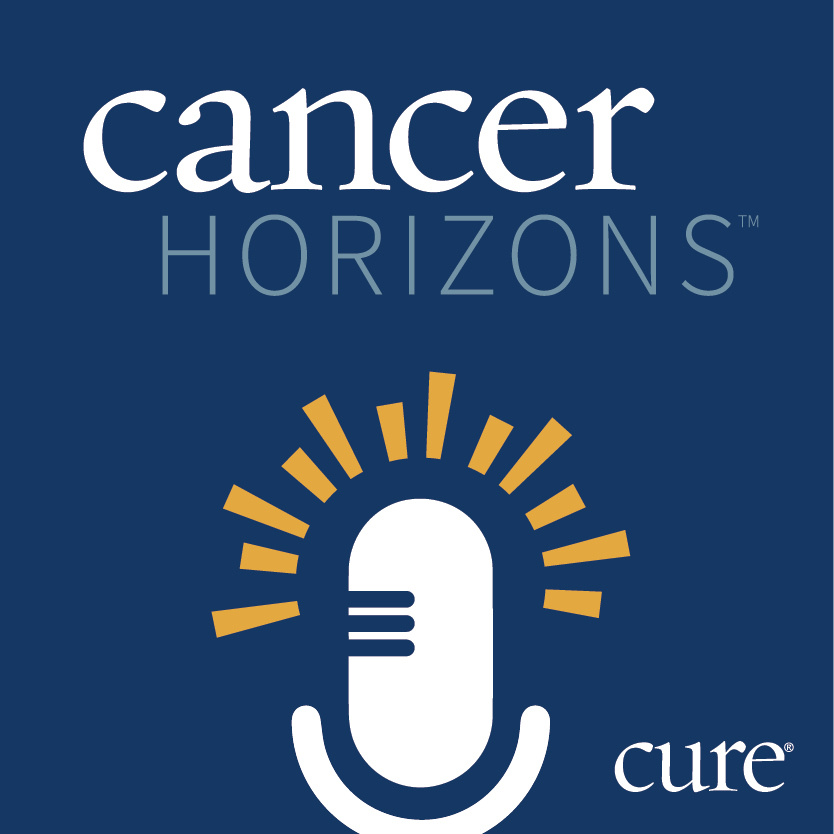Article
Meet The Team
The pathologist is only one member of a patient's care team; cancer treatment and care involve many people with various knowledge and skills.
The pathologist is only one member of a patient’s care team; cancer treatment and care involve many people with various knowledge and skills. The makeup of the team will determine which specialties are best for treating the patient’s type of cancer. Patients should remember that they are at the center of their team, and they have the final voice in making decisions and choices about what happens to them.
Professionals patients may encounter include:
> Medical and radiation oncologists, radiologists, pathologists and surgeons;
> Oncology nurses, nurse practitioners and physician assistants; and
> Social workers, oncology clinical pharmacists, dietitians, occupational and physical therapists, clergy, psychologists and psychiatrists.
Each doctor is supported by a specialized team—staff members who also play a major role in the patient’s care.
Patients should try to understand the role of each person on the team (or teams) so that they can take full advantage of the skills and personal attention available to them.




